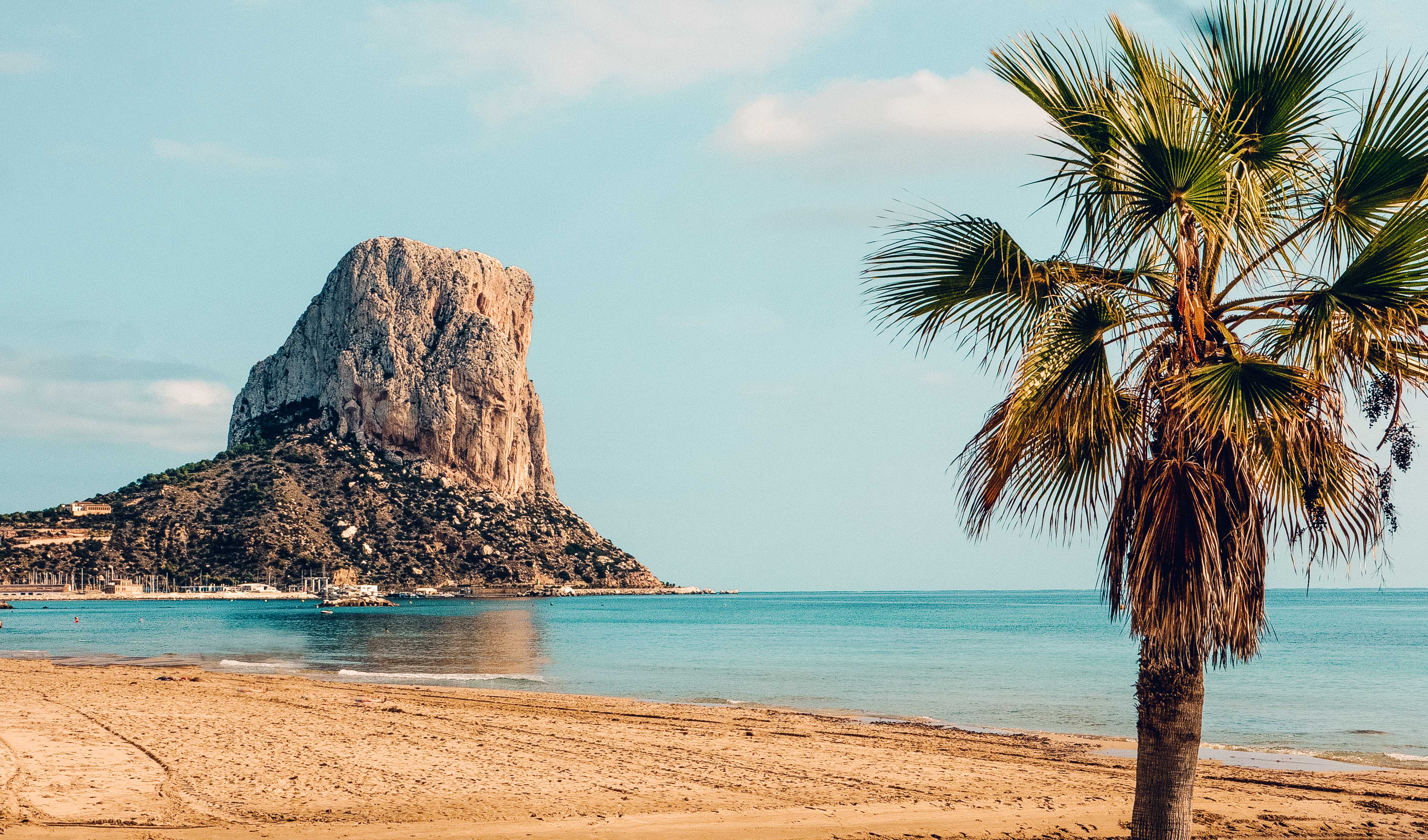
In the UK, the southern Costa Blanca sometimes get the very unfair reputation of being a destination for nothing more than hen and stag parties wanting cheap booze and sunshine. The northern stretch, with the wonderful city of Valencia is much more popular for a weekend break. But I think that this stretch of Spanish coastline of Spain has much more to offer than initially expected – wonderful old towns, historic forts and beautiful beaches. Not to mention the excellent climbing, which was what drew us for a few days in the early Spring.
Don’t Miss
Old Town of Altea – one of the most charming towns on the Costa Blanca coastline. Don’t miss the beautiful blue domed Nuestra Senora del Consuelo or the narrow streets of the old town.
Climbing at Vall de Guardar – despite being absurdly easy to access, right by the road, this impressive selection of sport climbing routes beneath the mighty Ponoch was incredibly quiet and shaded.
Hike the Penon – this massive limestone at the end of a great swathe of beach dominates Calpe. The views from the top are fantastic, all the way down the coast.
Cala dels Testos – rewardingly adventurous walking route to a less frequented turquoise, pebbly cove.
Key Facts
Language Spanish
Nearest Airport Alicante (ALC)
Currency Euros (€)
ATM/Banks Widespread; some ATMs charge a fee for withdrawal. Credit/debit cards widely accepted.
Getting Around Public transport, car or scooter
Staying in Touch Movistar has the best coverage, but Vodafone and Orange usually have better data deals.
Weather Warm all year, but cooler in the winter evenings. Low rainfall. Very hot July-September.
GETTING THERE
Alicante is the Costa Blanca’s main airport. Flights go direct from multiple UK and European cities. Local buses run regularly from the airport to Alicante and several destinations along the coast. The C6 line takes you to downtown Alicante (€3.85) and the ALSA bus takes around one hour to get you to Calpe (€9.80). Tickets can be bought online or on the bus.
GETTING AROUND
Car hire on the Costa Blanca is very affordable – expect to pay between £60 to £100 for a full week. We found the driving straight forward, with traffic not being an issue. We lucked out on our trip as very few things in life make me as happy as a brightly coloured Fiat 500!
Alternatively, if you don’t want to drive the local bus and tram services are very good. The tram from Alicante goes as far north as Dénia, and bus companies ALSA and Llorente provide reliable services right the way along the coast.
WHAT TO SEE
Alicante – often written off by visitors seeking the quieter streets of the villages and towns down the coast, the old town of Alicante (Barrio Viejo) is a lovely way to spend an afternoon.
Alicante was ruled by North African Arabs for the best part of 500 years. This history is evident in some of the architecture and plenty of the place names. The Moors named the city al-Akant, and it is still known today as Alacant in the local Valenciano language.
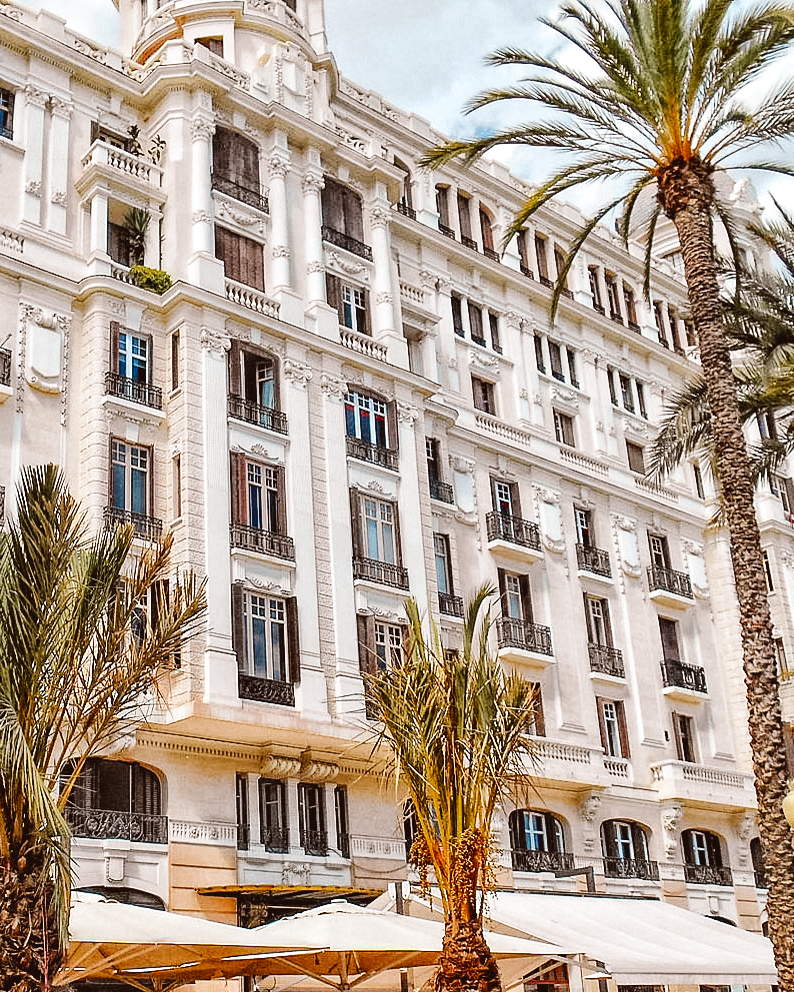
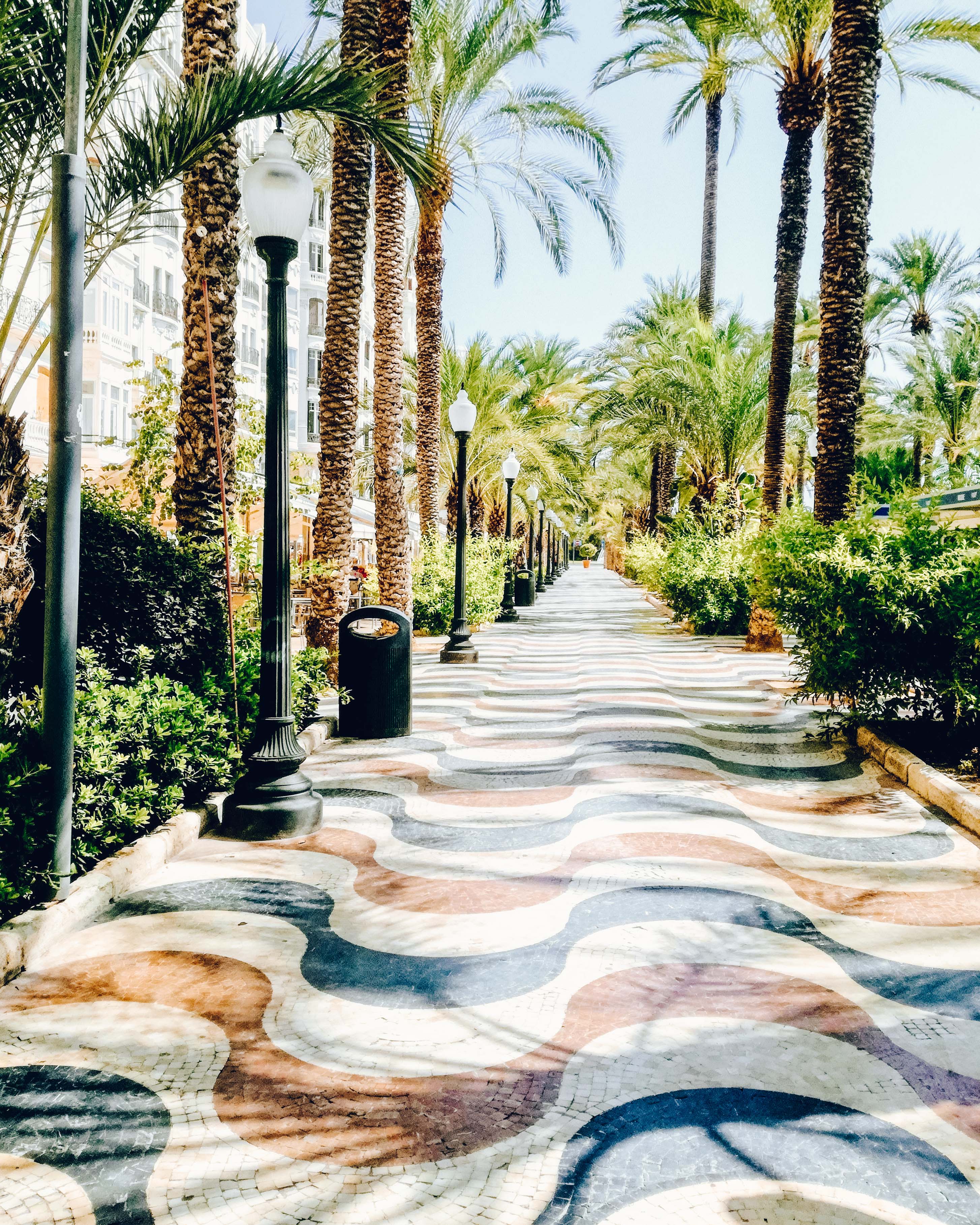
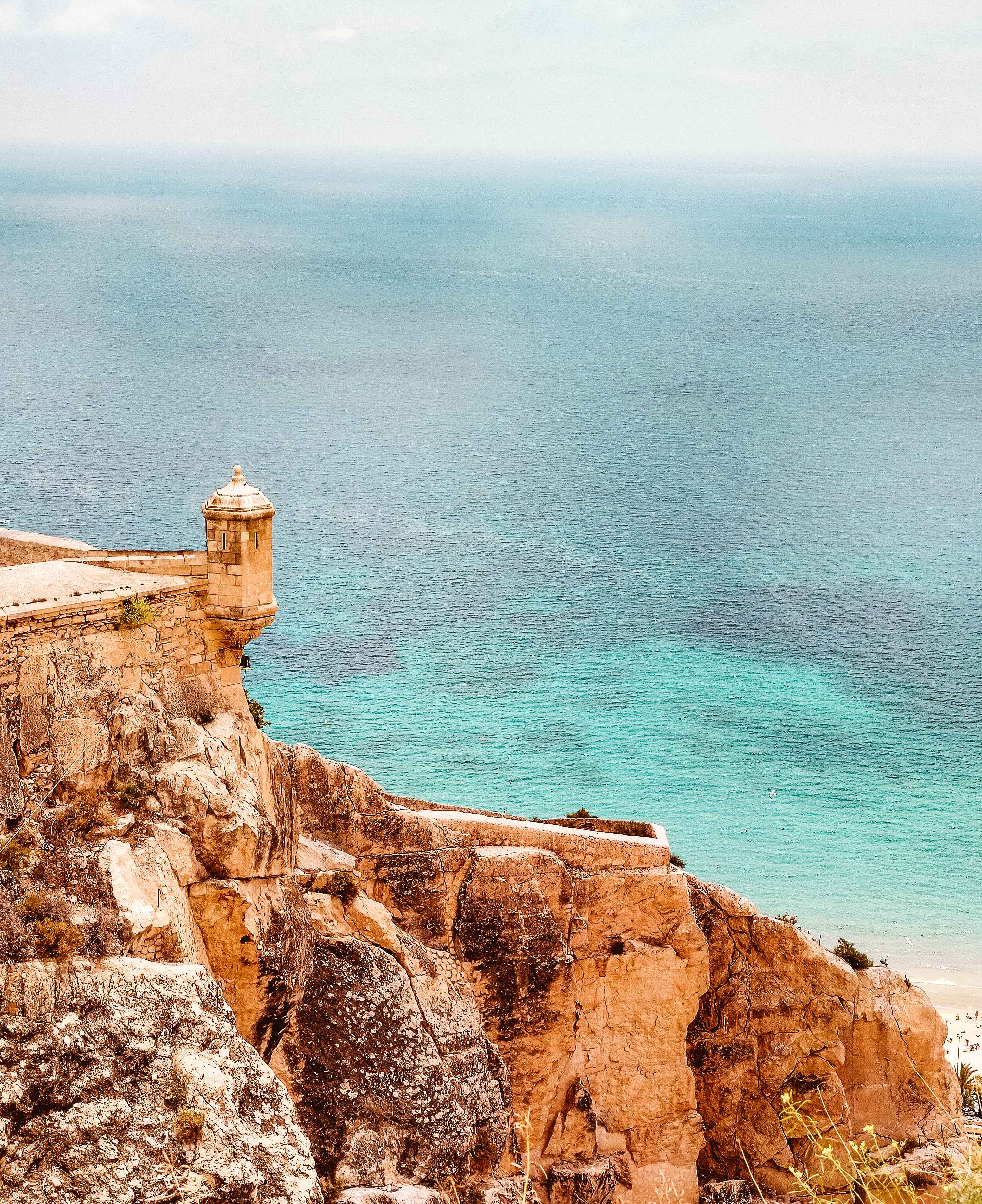
If you do nothing else in Alicante, go to the castle! Sat high above the city on Monte Benacantil, the Castillo de Santa Barbara dominates the Alicante skyline (tickets: €2.70). The views from the top are super, and there is even a little lift to take you to the top if you don’t fany the walk! The oldest part of the castle dates from the 14thC. It was held for a short period by the English during the War of the Spanish Succession in the early 1700s.
If you are in Alicante in the late afternoon, I’d suggest a walk along the Calle Mayorand, and searching out somewhere to eat in the elegant Plaza de la Santísima Faz. The palm fronted promenade of the Explanada de España is also a lovely place for a stroll. It’s wave-like mosaic patterns are one of the symbols of the city, as are the graceful white-fronted 19thC buildings at the end closest to the castle.
Calpe – once a small fishing village, Calpe has retained a distinctly Spanish and laid-back character making it a good base for exploring the surrounding towns and beaches. Strolling through the quiet backstreets allowed us to stumble upon some excellent restaurants in which to sample some great Spanish food.
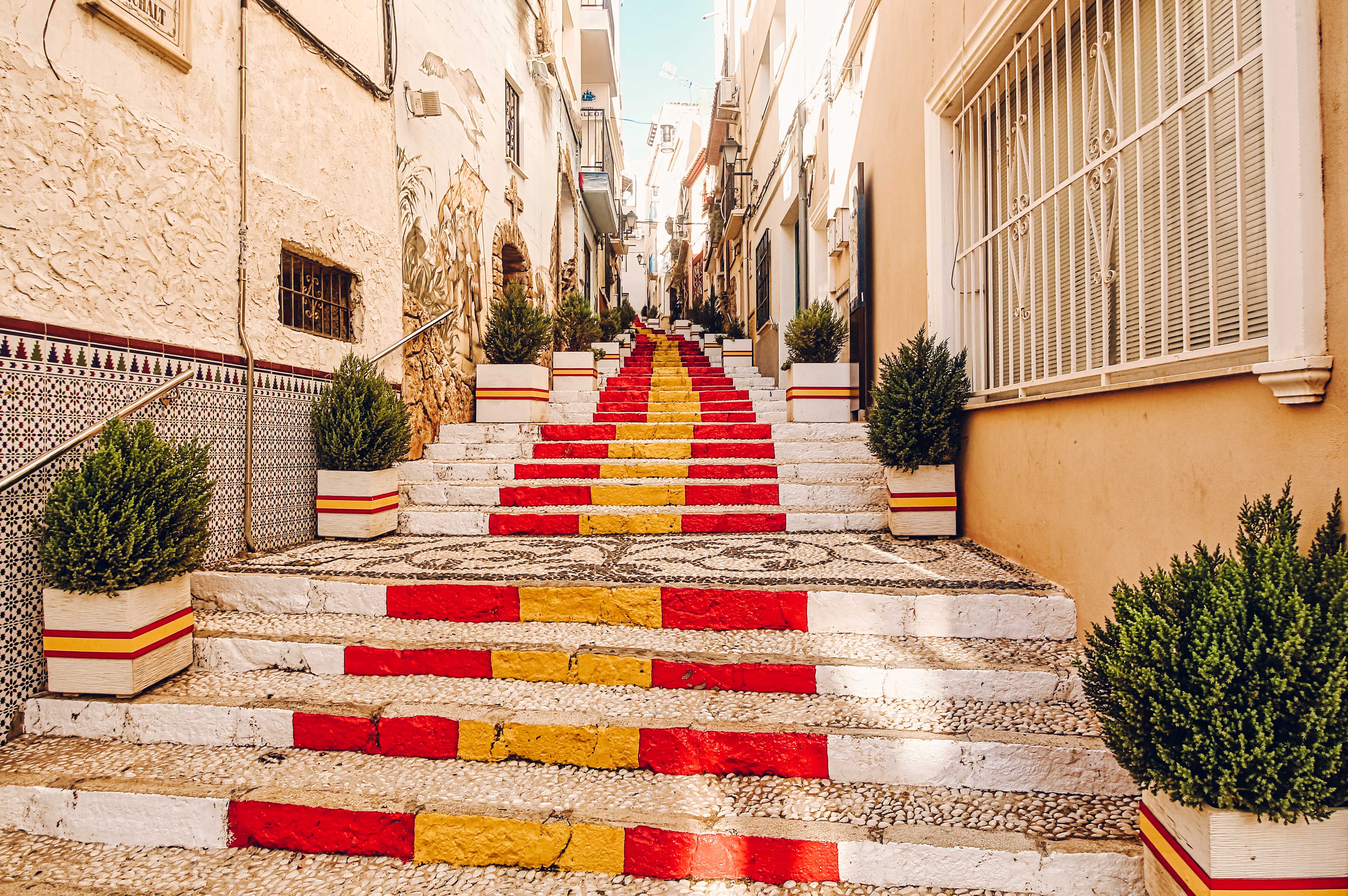
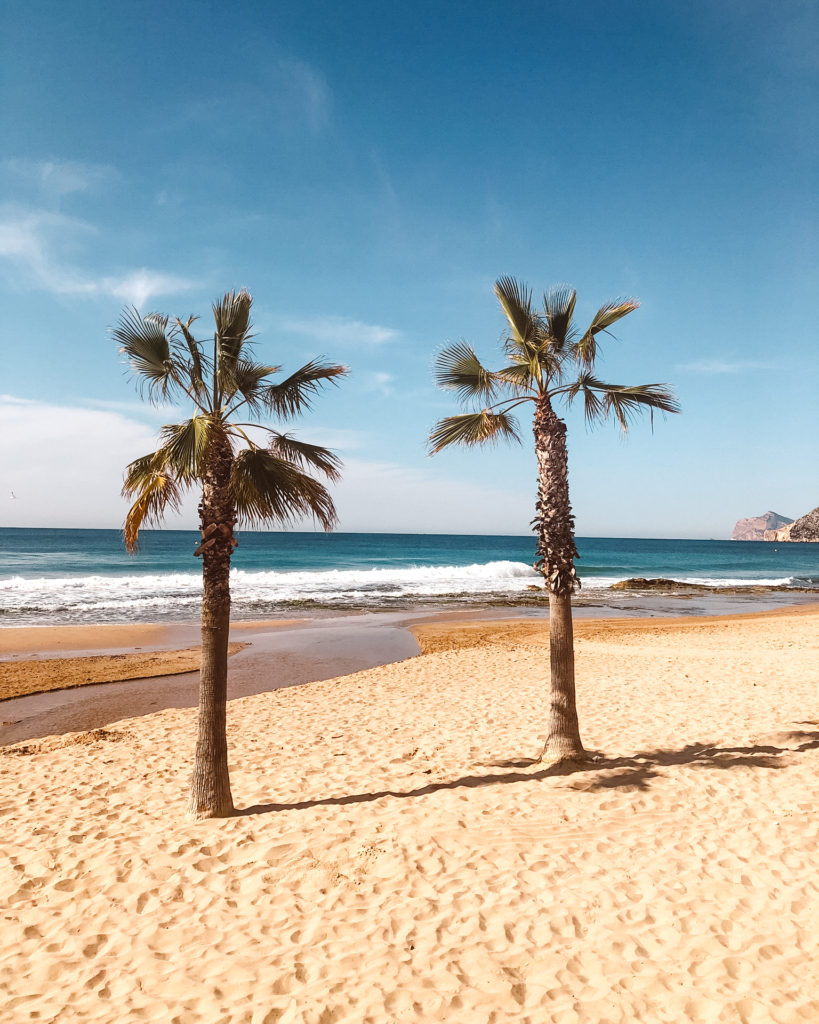

Not to be missed is the magnificent Muralla Roja building. It is private apartment blocks so can only be accessed by residents, but you can admire its striking design from the outside. I felt as though I was looking at an MC Esher drawing brought to life!
Calpe is dominated by its great swathe of beach leading to a massive limestone outcrop, the Penon de Ifach. The views from the top are fantastic, all the way down the coast. Allow around an hour to get to the top, and roughly two hours for the full round trip. Water is a must – there are no facilities and the summer sun is ferocious.
Altea – Calpe’s white-washed smaller sister. A walk along the sea front between the two is a great way to spend a morning working up an appetite for your afternoon tapas. Altea is one of the most charming towns on the Costa Blanca coastline. Altea has good ALSA and Llorente bus connections, and the tram station is only a five minute walk to the seafront.
Don’t miss the beautiful blue domed Nuestra Senora del Consuelo or the narrow streets of the old town. Just past the square on which the Church sits, you will find a lovely view point back down over the town.

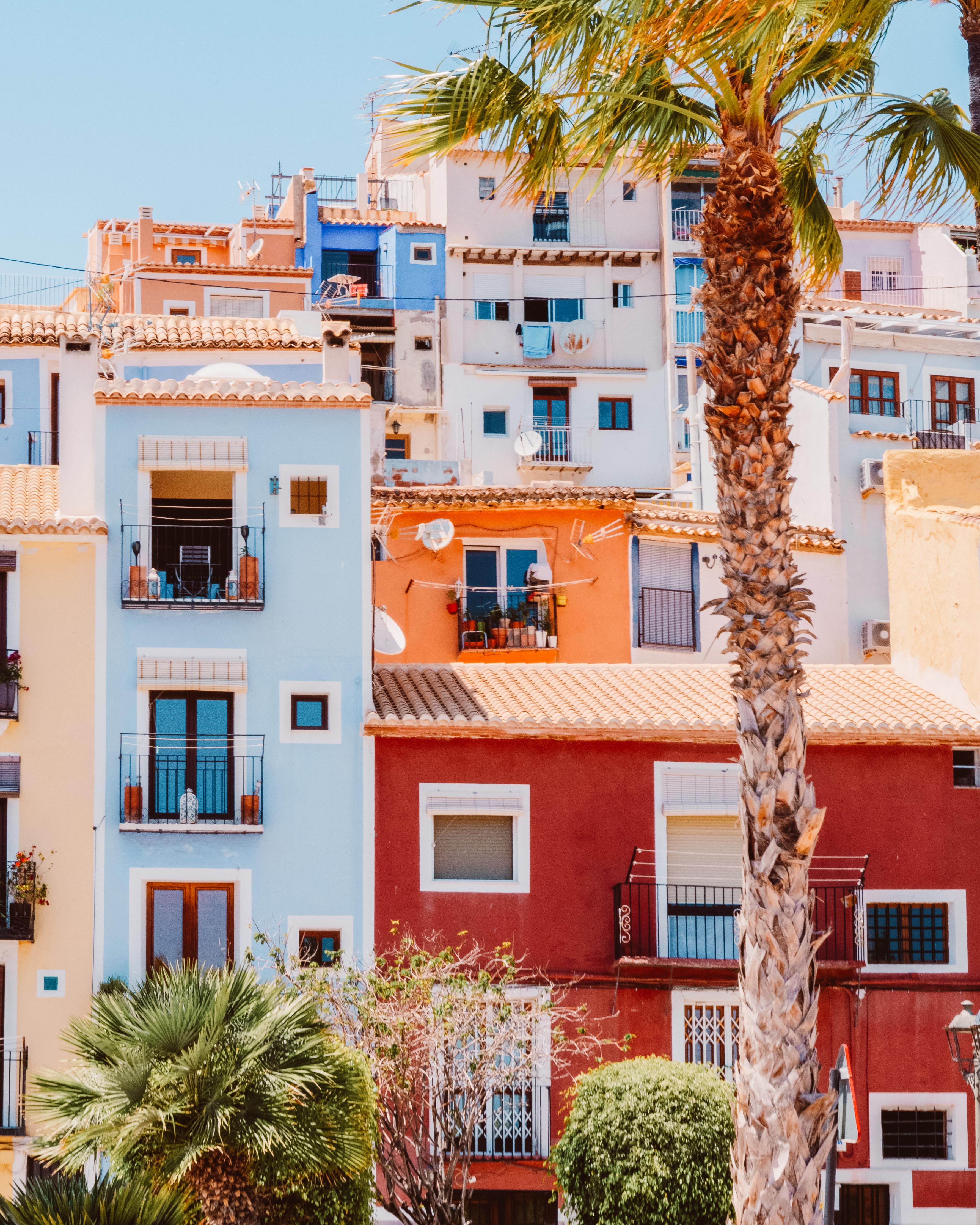
Villajoyosa – colourful, painted houses (casas pintadas) and a walled old town. Tradition has it that the houses were painted in such bright colours so that the fishing fleet could see their home town whilst out at sea. Walk along Carrer Arsenal to the river bridge and look up the valley to see the colourful houses perched high up on the town walls.
There is also a 1km long stretch of lovely sandy beach, which rarely gets as busy as its neighbours further down the coast. Lifeguards are on duty and the slope away from the shore is gentle making it perfect for families. There is a free car park at the end of the beach.
And best of all… a thriving chocolate industry! Villajoyosa’s chocolate industry dates back to the 17thC, when the town was one of the main ports importing cocoa from Venezuela and Ecuador, before onward distribution in Europe. There are three chocolate-focused sights! The Valor Chocolate Museum (Avenida Pianista Gonzalo Soriano, 13), and the chocolate factories Clavileño (Carrer Colón, 187) and Chocolates Pérez (Avenida de Finestrat, 789). Valor and Perez both do free tours. I recommend Perez as it is smaller, and feels much more authentic than the larger and more commercial Valor.
Cala dels Testos – this cove took a bit of effort to get to, but it was absolutely worth it! We had it entirely to ourselves and the hike in made it feel as though we had discovered our own beach! To get there you need to walk the Ruta dels Testos, down the river bed of the Barranc de L’infern. The walk itself it not too tricky, although you will need to clamber over a number of large boulders. But it is the final descent to beach that really rewards the adventurer! You will need to make use of the large fixed ropes to descend three vertical sections to the pebbly cove.
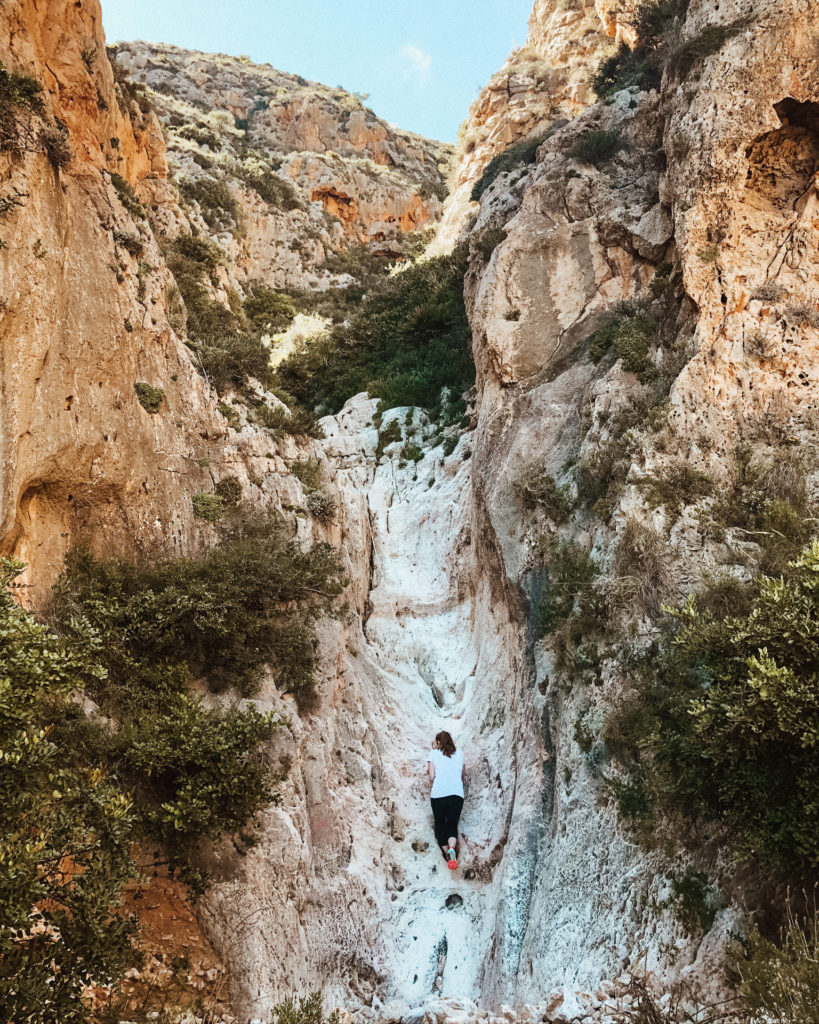
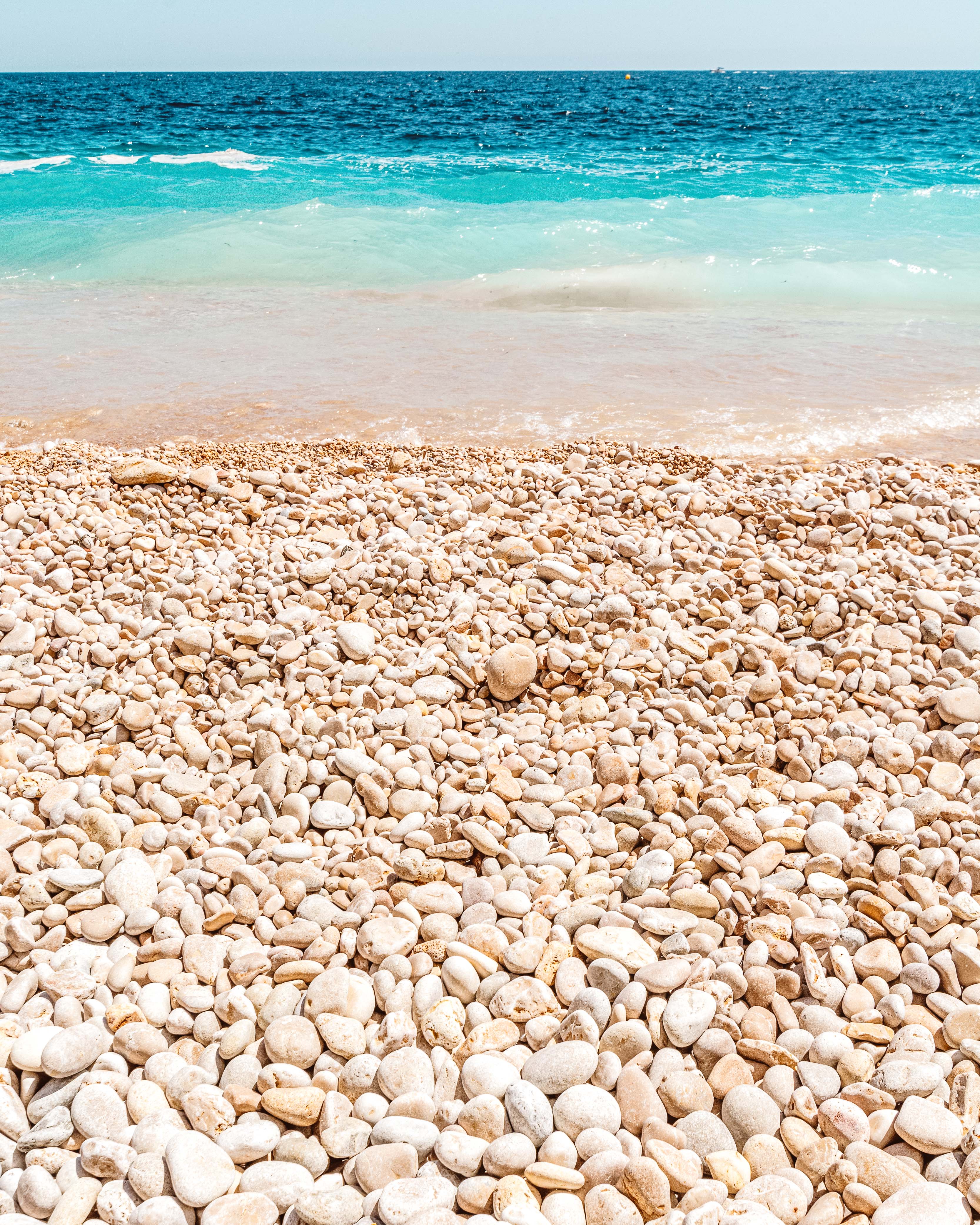
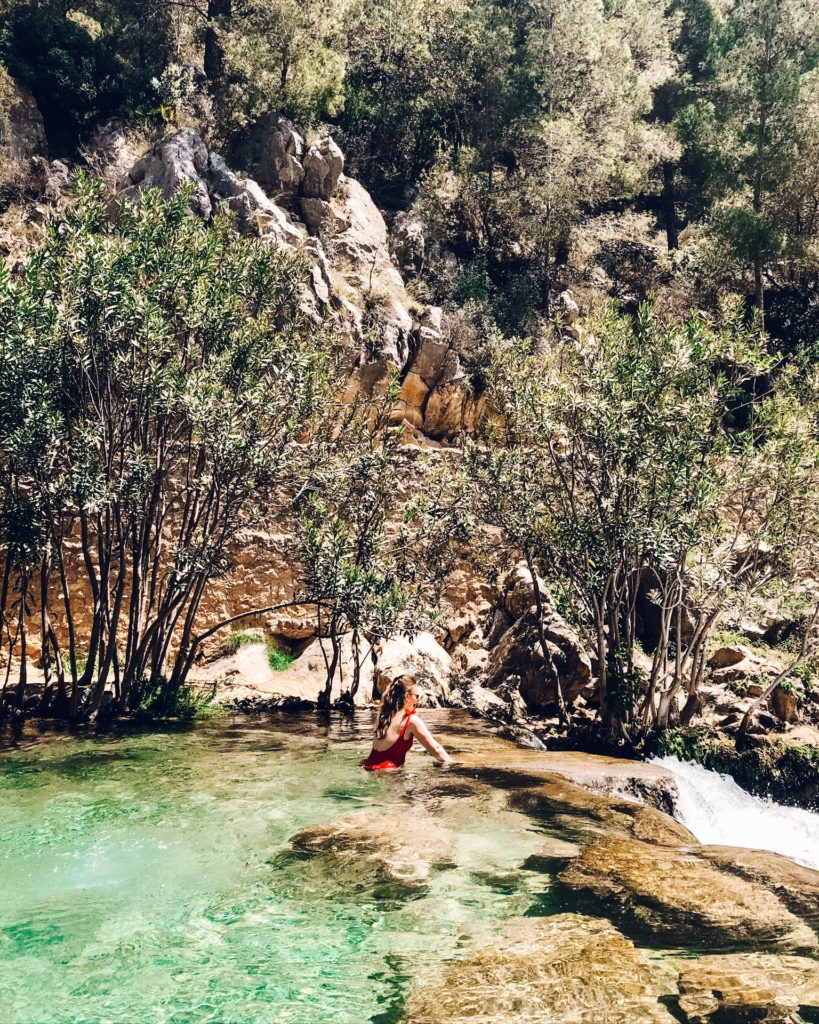
Fonts de l’Algar – this was much more touristy than I had expected, but a really lovely afternoon out nonetheless. It was just the antidote for tired climbing legs, but I recommend going early in the morning if you want to beat the crowds. It is €4 to access the site. The waterfalls here feed the river Algar which empties into the Mediterranean at Altea. Definitely bring your swimming costume to bathe in the waterfalls and natural pools. The entire area is a nature reserve and is protected as such.
Cala del Moraig – at the bottom of Cumbre del Sol, this 250-metre stretch of beach is covered by pebbles and sand, and surrounded by 100-metre-tall cliffs. The beach is a top sight for water sports, and has lots of good coves for snorkelling. I can imagine it can get hugely busy in the summer, so recommend a visit early in the day.
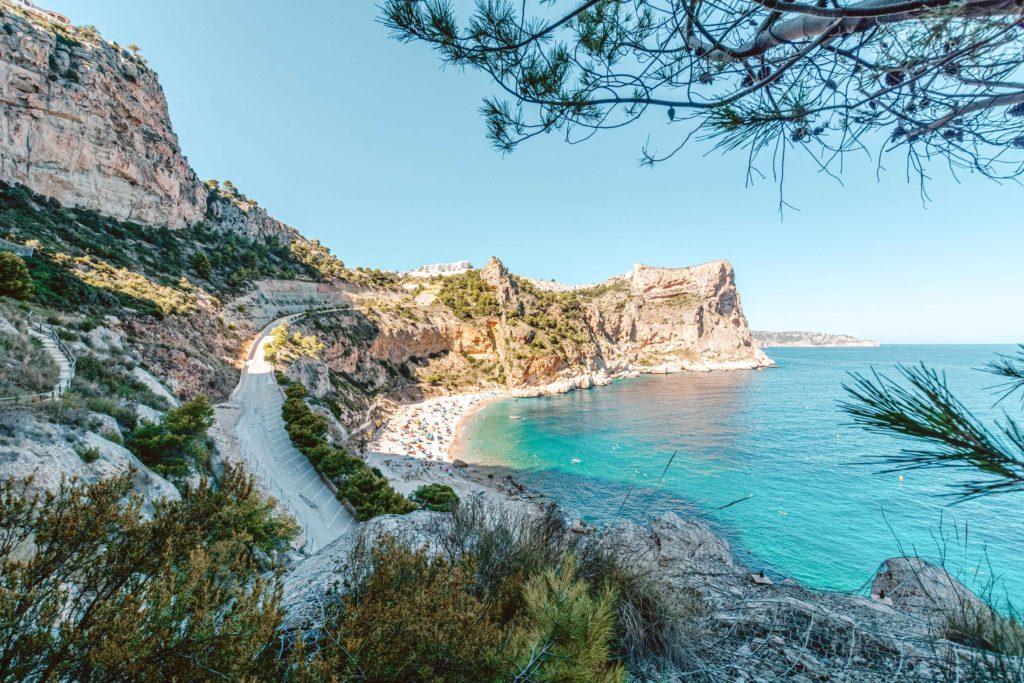
Cova del Arcs – at the end of Cala del Moraig is a large sea cave accessed by stone steps. It is one of the most photographed spots on the Costa Blanca. It would be a beautiful spot to watch the sunrise. One word of caution – if you want to explore properly trainers are recommended. It gets a bit slippery being pounded by the sea water all day!
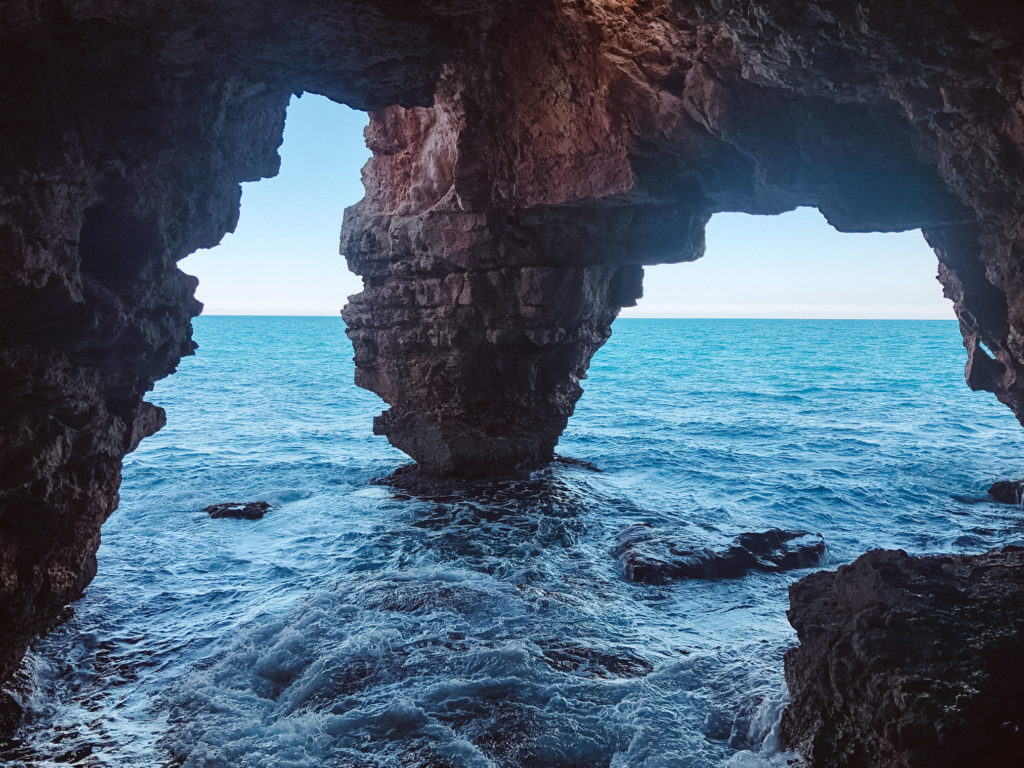
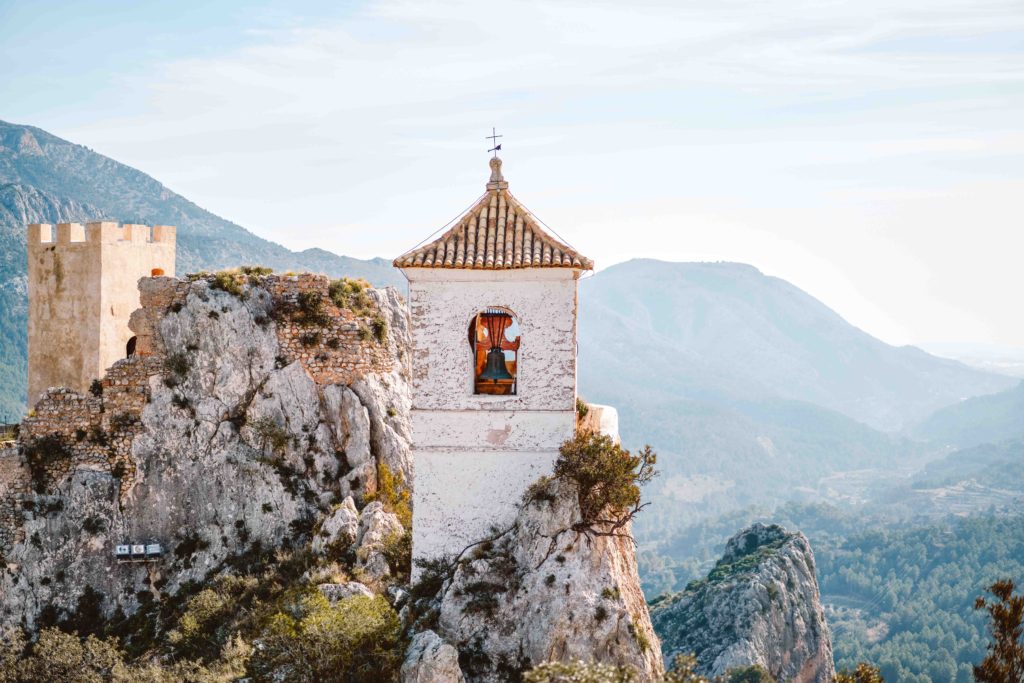
Guadalest – a really beautiful hilltop village over looking the River Guadalest valley and surrounding mountain ranges. There are only 300 permanent residents – although many more visitors in the busy months! If you are here in the summer, aim to come early to beat the crowds. Follow signs to the Castle and the pedestrian-only street to the large wooden gate to the old town, straight past the bars and tourist shops next to the car park. Wander the old cobbled streets before stopping for a drink in Plaza Gregori.
WHAT TO DO
HIKING
As the sheer volume of climbing would suggest, outside of the main cities and towns, the Costa Blanca is an outdoor enthusiast’s paradise.
The Bernia – it is not possible to write about hiking in the Costa Blanca and miss off the Bernia! The spiky ridge dominates the landscape. There are three routes open to you – firstly the full circuit around the ridge, or the East or West Summit. For the really hard core, you can link both East and West Summits to traverse the entire ridge, but this requires a combination of abseiling, climbing and graded scrambles.
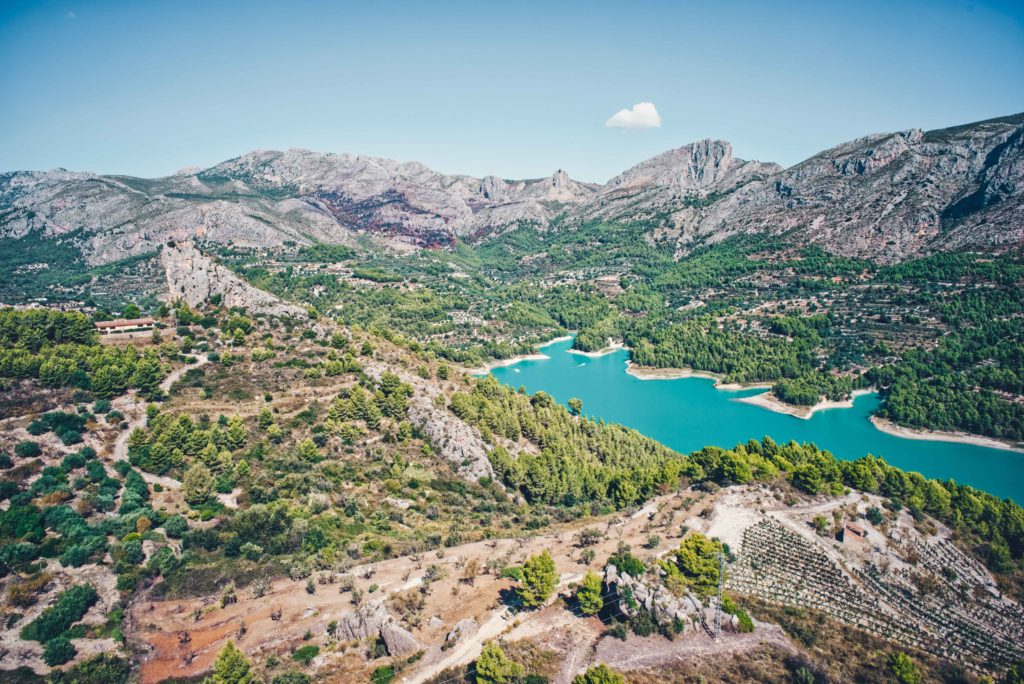
Guadalest Reservoir – there are multiple routes to explore all around the Guadalest Valley. The lovely walk down to the reservoir is shaded by trees, as is the 10km walk around the rim. The dam which created the reservoir was built in the late 1950s. It now supplies water to towns all the way along the coast to Benidorm. Particles of silt suspended in the water create the emerald green waters, but it is perfectly safe (although deep) to swim in. Car parking is near the dam.
Puig Campana – a strenuous day out! This 14.1km route up the Vertical Kilometre is a steep, scree covered, tough slog – the views from the top make it worth it! If you’re a more adventurous climber than me, you can attempt the 13 pitches to scale the 450 metres to the summit.
CLIMBING
There is an unbelievable amount of rock climbing in the Costa Blanca! Almost every rock face we saw – boulders by the side of the motorway, cliffs at the back of town – were bolted! Add to that a quick and easy journey from many European cities, great weather and delicious tapas and paella and it’s a pretty great destination. Sport climbing – rather than trad (for now!) – is our thing, so that is the focus of the below.
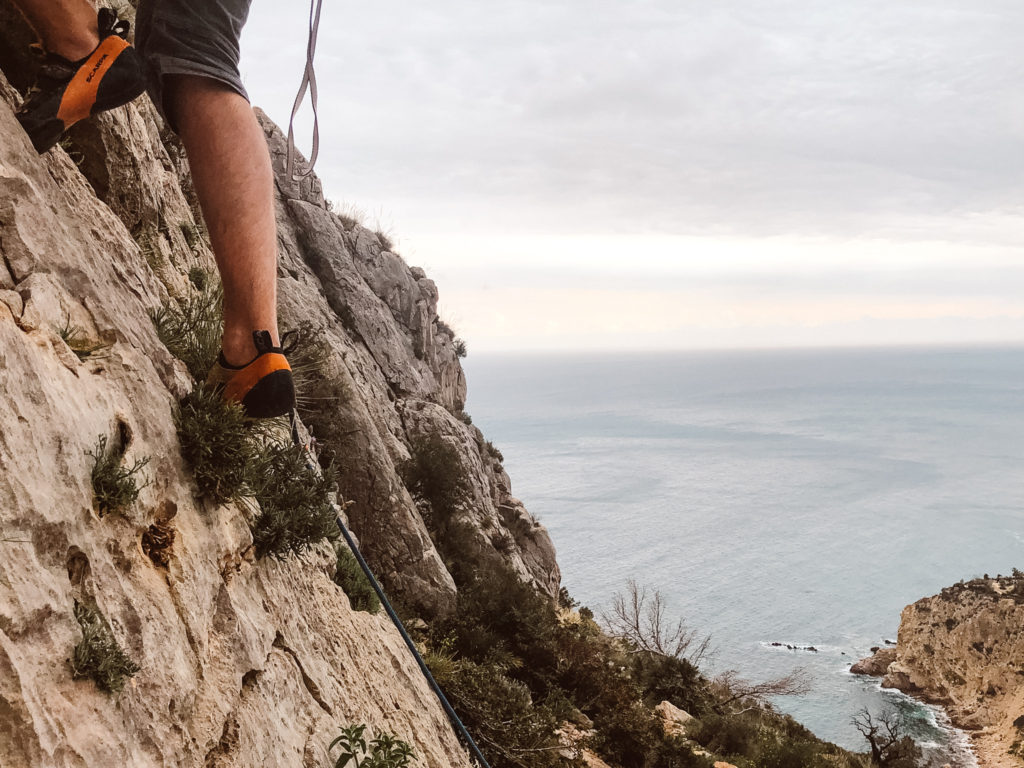
When to Go: average of 300 days sunshine per year! Late September to May is peak season. But as long as you avoid the more exposed crags, and climb in the early morning, there is plenty to go for in the summer. Perfect excuse to fully embrace the siesta lifestyle.
The Guidebook: Rockfax’s excellent Spain: Costa Blanca is hard to beat.
The Rock: so much limestone! From sea cliffs, to mountain ridges, to steep canyon sides and vast multipitches.
The Gear: 70m is ideal, but 60m possible for many routes. Around 16 quickdraws will cover almost all routes.
The Grading: with over 3,000 routes there is literally something for everyone.
Favourite Areas: Sierra de Toix (amazing sea views without the exposure of a sea-cliff route), Xalo/Jalon Valley (green hillsides, vineyards and hundreds of routes!) and Vall de Guardar (absurdly easy to access tranquillity beneath the mighty Ponoch).
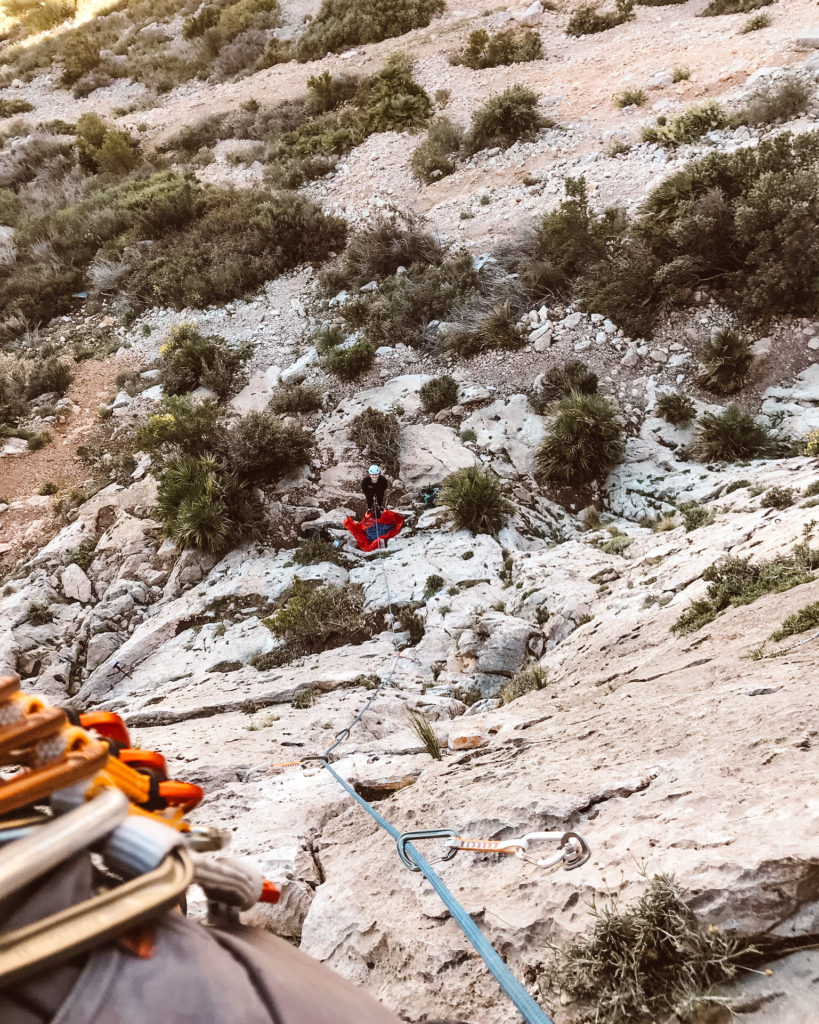
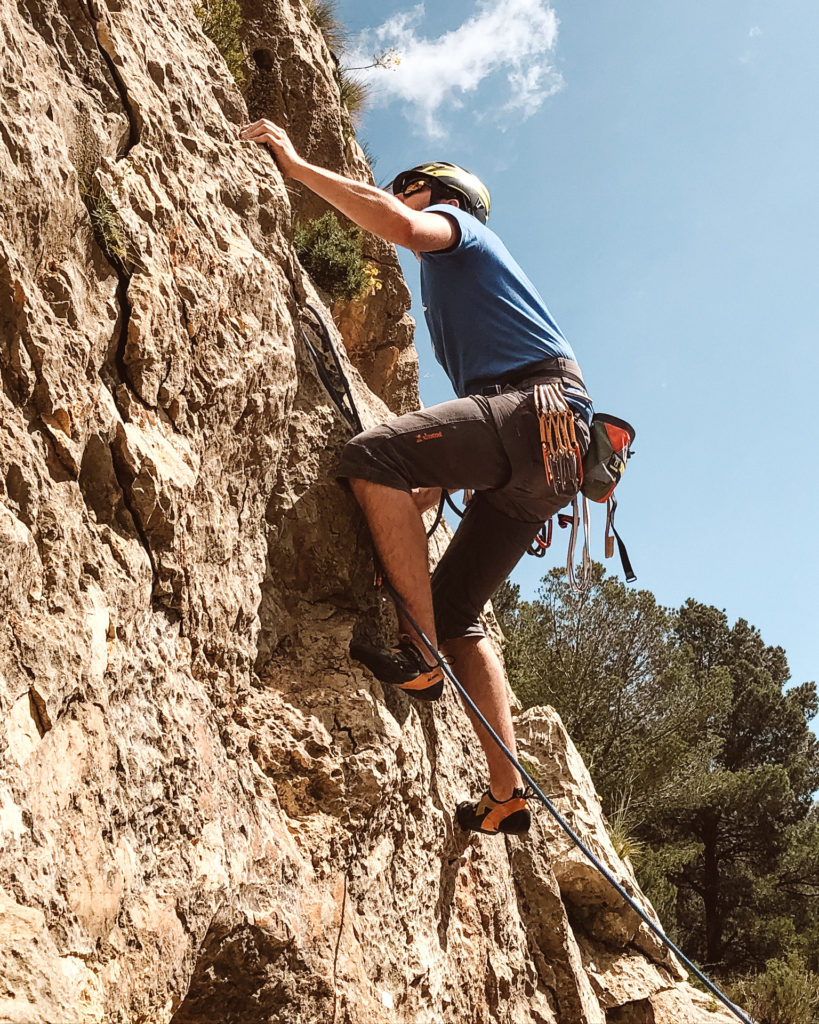
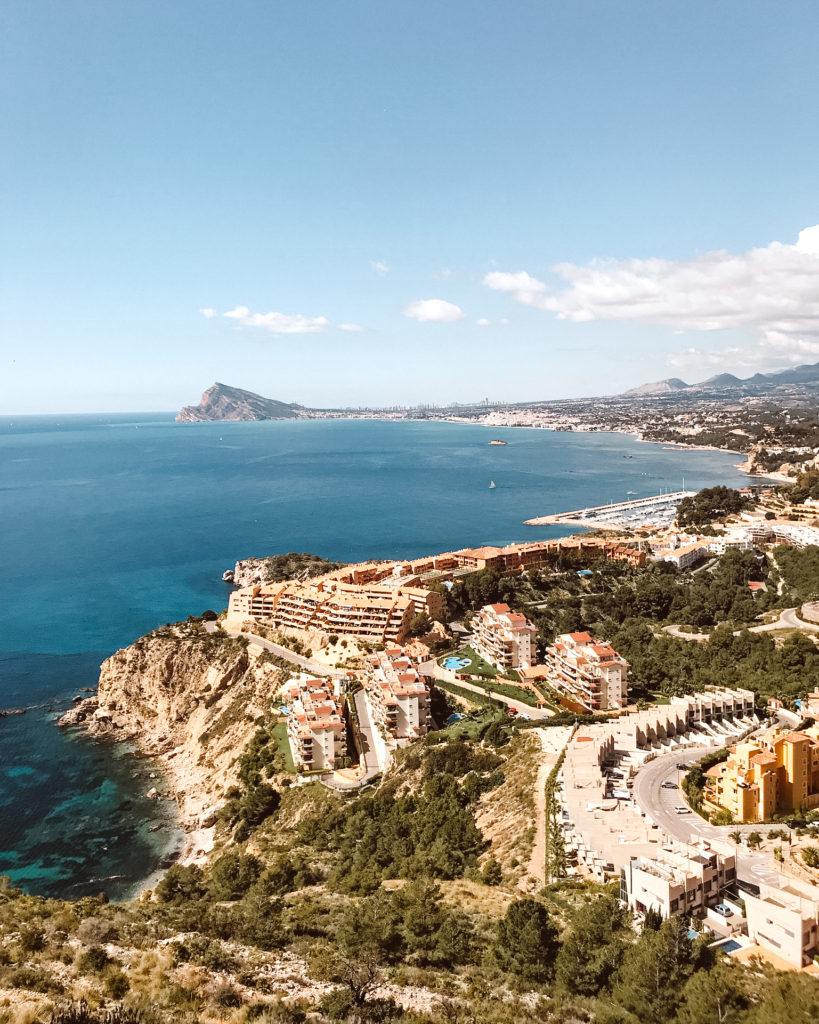
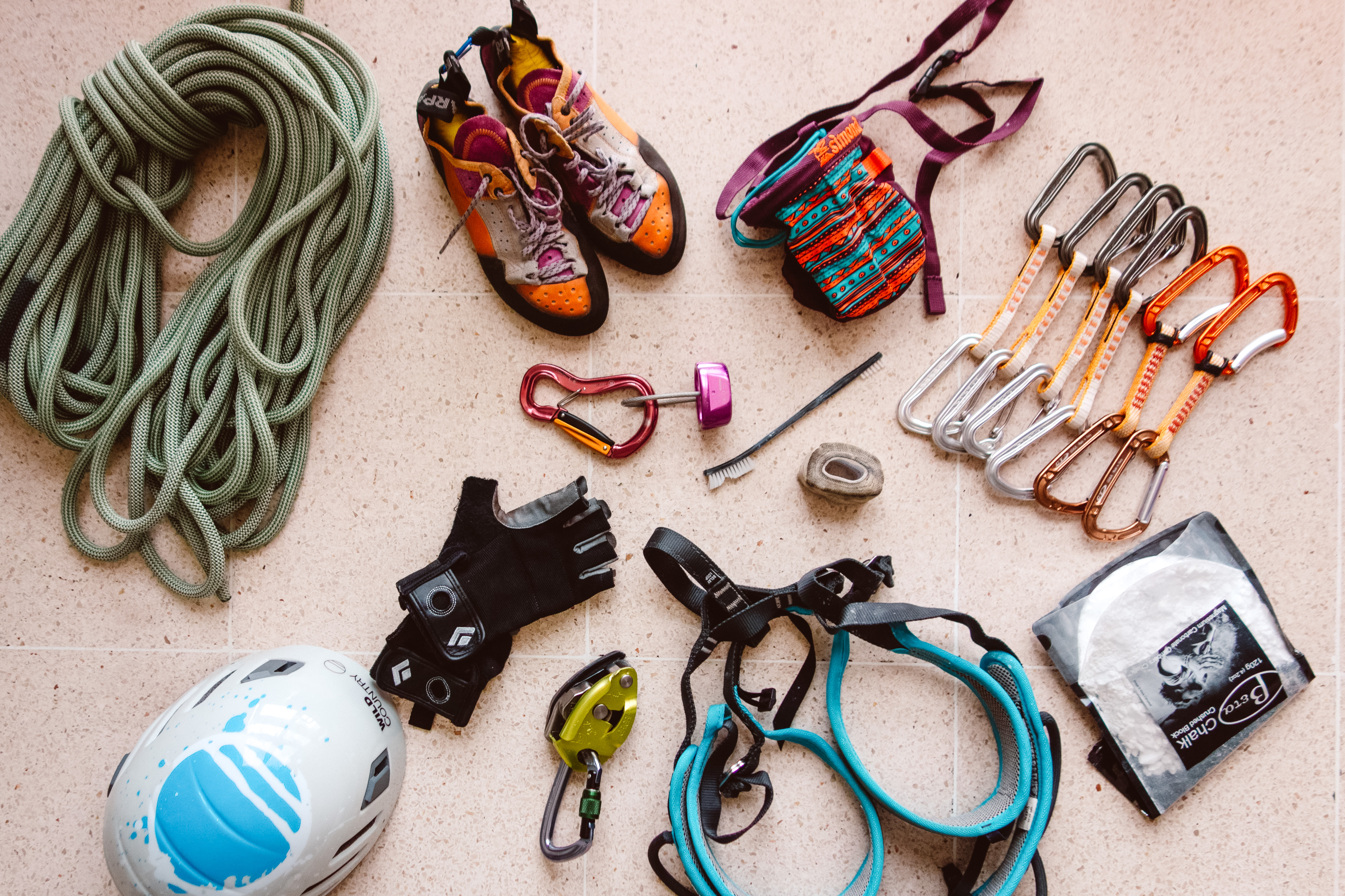
WHERE TO EAT
Komfort – modern décor and stripped back bare tables sit alongside traditional Spanish dishes on the outskirts of Calpe. Winner of a Michael Bib Gourmand award. Komfort is part of the CookBook Hotel and Spa, and offers spacious modern rooms.
Restaurante El Andaluz – no fuss, bright, clean restaurant in Calpe. We had a “life-changing Paella” here – direct quote from The Husband, who was insistent this be added! Service was quick and friendly.
MeAbrassas Town – Mediterranean menu in a light filled wooden dining room in Calpe.
El Bar de Confianza – if you are a hamburger fiend like The Husband, this is the place for you! Quick service and surprisingly nice presentation for an overflowing burger!
El Posit – imaginative modern tapas in Villajoyosa. It has a lovely beach view and both indoor and outdoor seating. On the pricier side.
Tres14 – a real gem of a restaurant. Great value fish and rice dishes. They serve pebrereta – a typical dish of the working class, made from a cheaper cut of tuna, pumpkin and peppers.
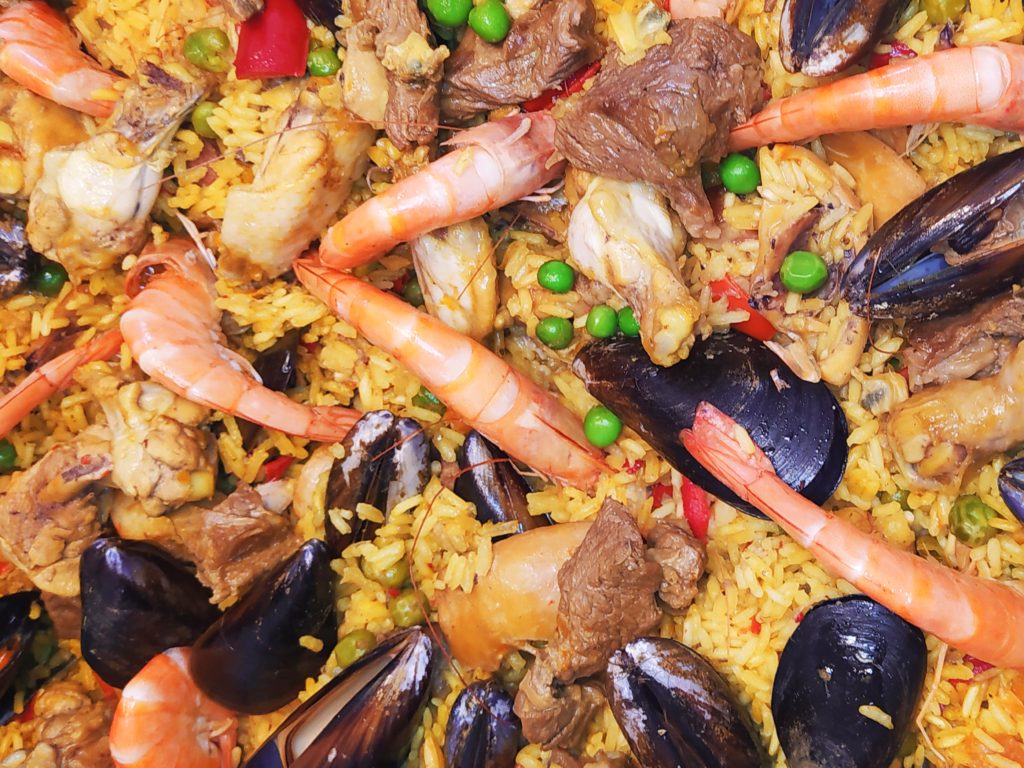
WHERE TO STAY
Le Serena – adorable boutique hotel in the heart of Altea’s lovely old town, with sea views. The gorgeous white and blue rooms have a distinctly Grecian vibe. The lovely swimming pool and terrace feels tucked in amongst the houses and white rooftops. There are only 12 rooms, and it is adults only.
Hotel Bahia Calpe – spacious, comfortable – if functional – rooms. The balcony overlooking the sea provided a nice spot for late lunches of chorizo, manchego and Rioja. The highlight is the roof top pool, with its great views of the Penon de Ifach.
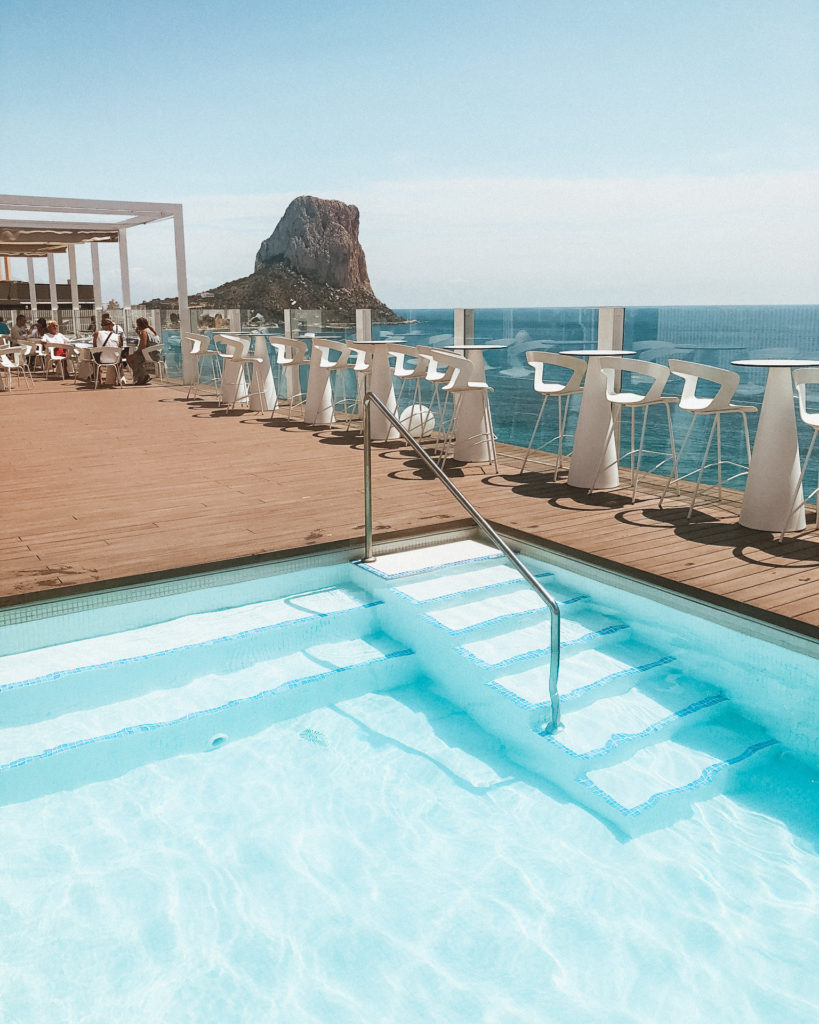
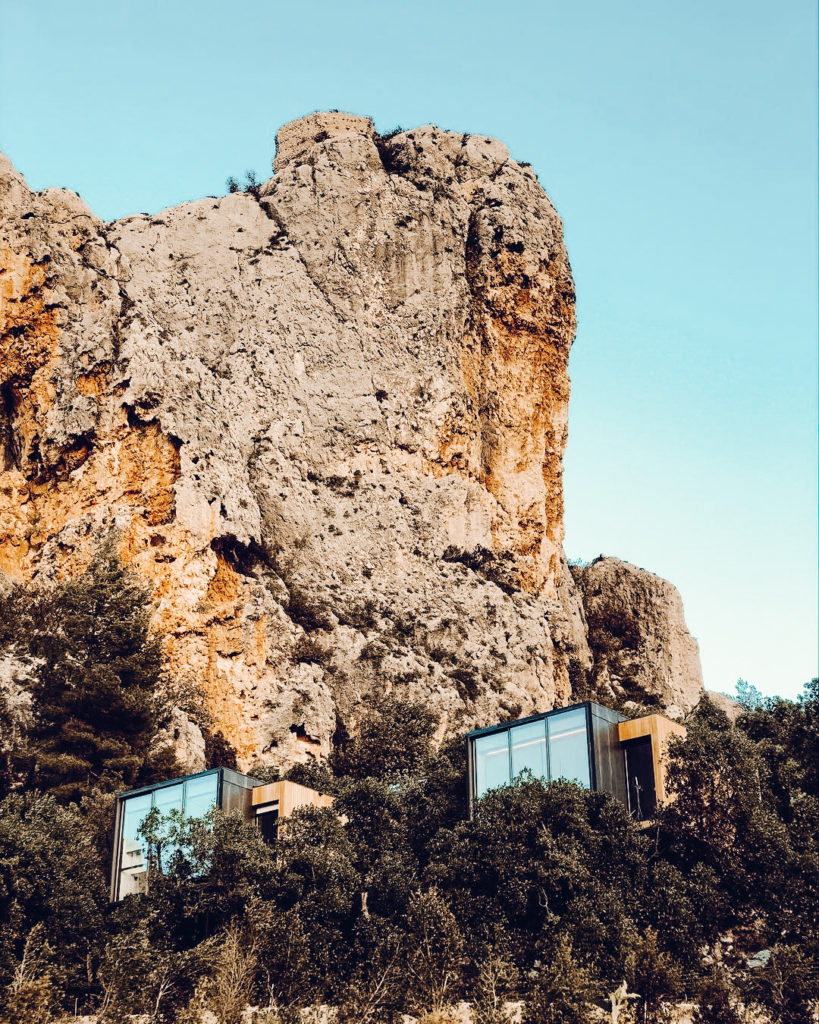
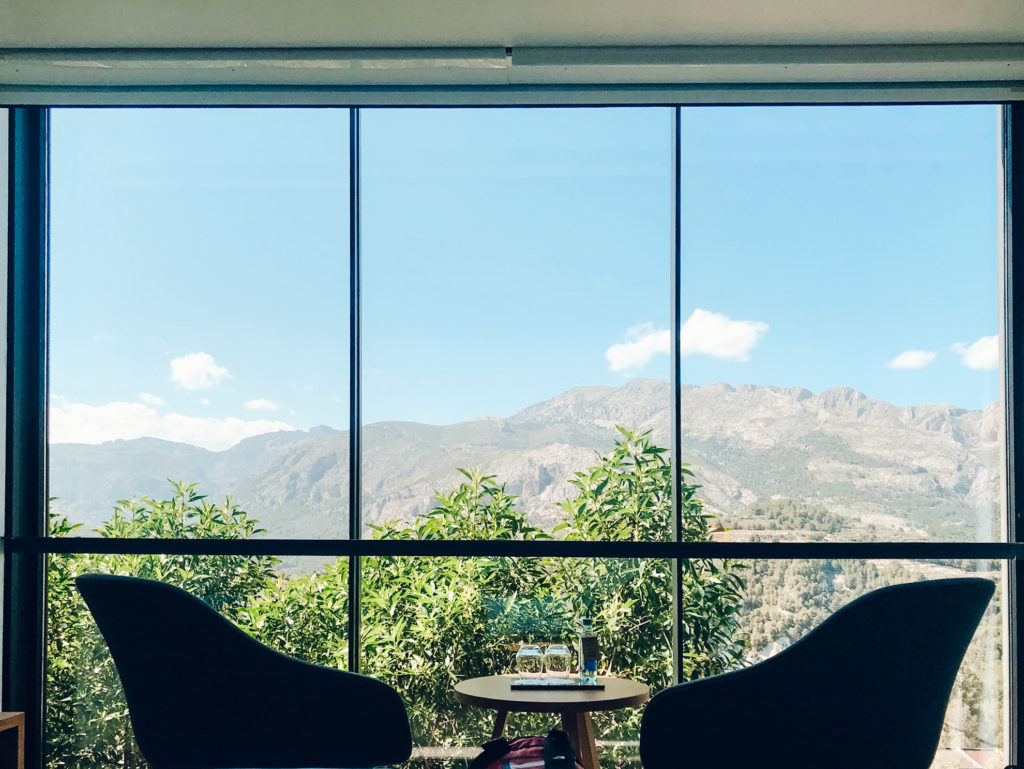
VIVOOD Landscape Hotel – I have wanted to visit this futuristic hotel ever since I first saw a picture in a travel magazine, and it most definitely did not disappoint! The floor to ceiling windows in each of the super sleek, stand alone rooms offer fantastic views. The restaurant is superb. Detailed review coming soon.
SH Villa Gadea – upscale 5* hotel with multiple restaurants, a spa, pools and a swim up bar. Mere steps from the beach and a relaxed vibe. There is even a gin bar…
Hotel Tossal d’Altea – 300 year old olive mill complete with wood-beamed ceilings and white washed walls. Rooms are super spacious and they have cleverly kept the authentic historical vibe.
Remember to check out my other guides if you are looking for another European getaway – or perhaps something more adventurous!




Leave a Reply